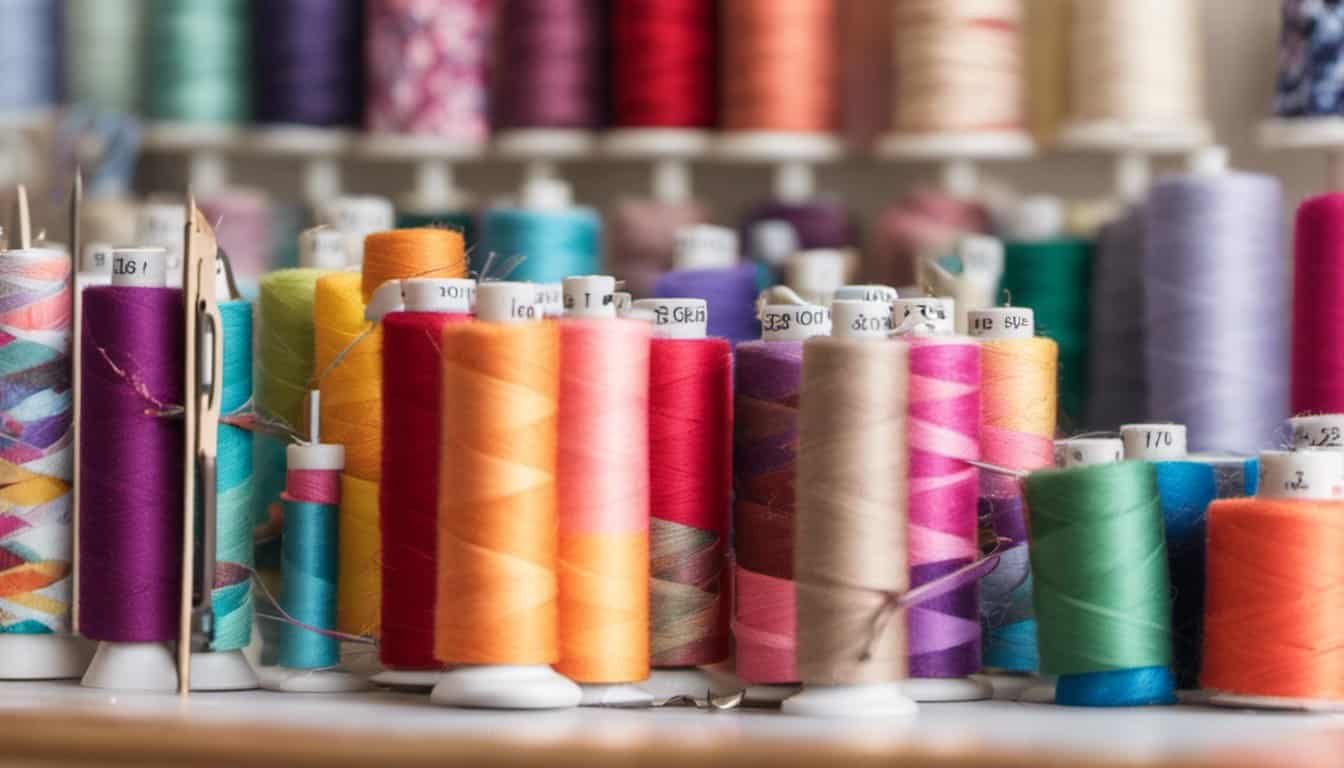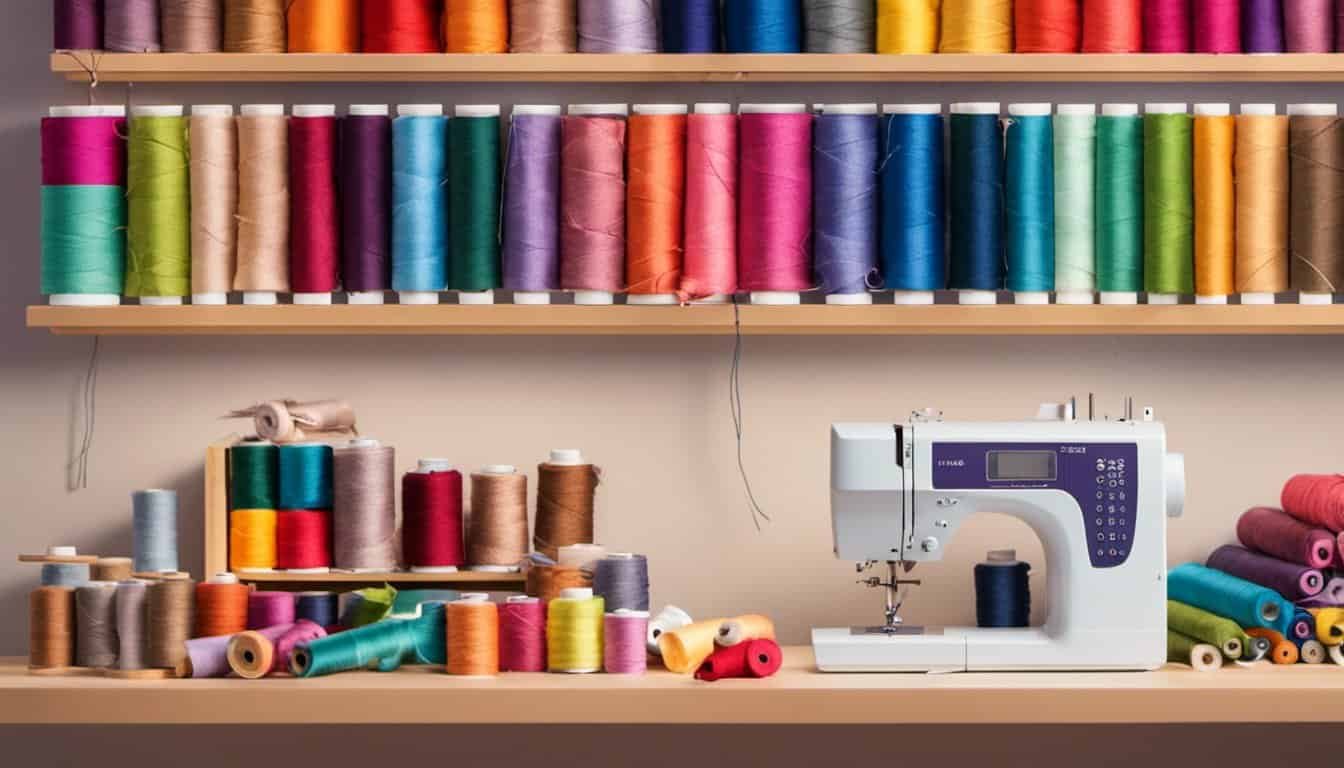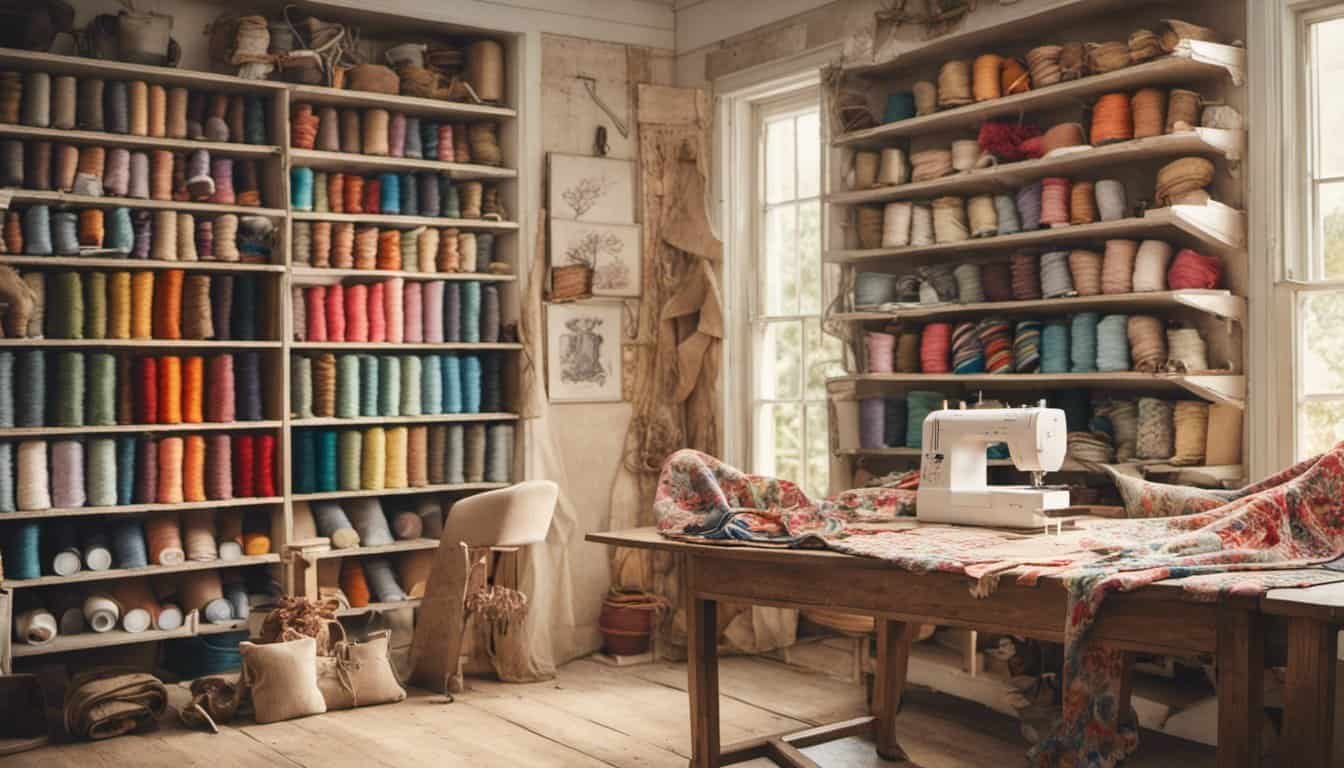I love giving gifts that feel personal, and there’s something so special about handmade touches. If you’re looking for a creative way to elevate a simple bottle of wine, sewing a fabric wine bag is a fun and thoughtful idea. It’s not only practical but also adds a charming, customized flair to your gift.
Don’t worry if you’re not a sewing expert—this project is beginner-friendly and doesn’t take much time. Plus, you can play around with fabrics, patterns, and embellishments to make it truly unique. A fabric wine bag isn’t just a wrapper; it’s part of the gift itself and can be reused or cherished for years to come.
Why Choose A Fabric Wine Bag For Gifting
Fabric wine bags elevate a simple bottle of wine into a thoughtful, personalized gift. Unlike disposable packaging, a fabric bag can be reused, making it both eco-friendly and practical. The recipient can repurpose it as storage for small items, prolonging its utility.
Sewing your own wine bag lets you tailor the design to match the occasion or the recipient’s preferences. For example, you can use holiday-themed prints for festive gifts or elegant linens for formal events. Adding embroidery or embellishments, like monograms, increases the personal touch.
Durability is another advantage. Compared to paper bags, fabric options provide better strength and protection for the wine bottle, decreasing the risk of accidental tears. Cotton, linen, or even velvet are excellent fabric choices for creating sturdy yet stylish wine bags.
By crafting a fabric wine bag, I not only reduce waste but also make the gift uniquely mine. It transforms a simple exchange into something memorable and appreciated.
Materials And Tools Needed
Creating a fabric wine bag requires choosing the right materials and using reliable tools to ensure the final product is both functional and attractive. Here’s what you’ll need to get started.
Fabric Selection
For fabric selection, focus on durability and design. Choose medium-weight materials like cotton, linen, or canvas, which are easy to sew and provide sturdy support for the wine bottle. For added elegance, satin or velvet can work well, though they’re trickier to handle. Consider the occasion or recipient’s style—holiday-themed prints for festive gifts or neutral tones for versatility. A fabric remnant measuring approximately 14 inches by 18 inches suffices for a standard wine bottle bag.
Essential Tools
Using the correct tools simplifies sewing and improves results. A sewing machine capable of handling medium-weight fabric shortens production time, but you can sew by hand if needed. Gather fabric scissors for precise cutting, a measuring tape for accuracy, and straight pins or fabric clips to hold pieces in place. Select coordinating thread for a polished appearance. For finishing touches, keep an iron handy for crisp seams, and grab a safety pin for threading a ribbon or cord through the drawstring casing if it’s part of the design.
Step-By-Step Guide To Sewing A Fabric Wine Bag
Creating a fabric wine bag involves a few structured steps that make the process smooth and enjoyable. Follow this guide to sew a reusable, gift-ready wine bag.
Cutting The Fabric
I start by cutting the fabric to the required dimensions, usually a 14-inch x 18-inch rectangle for a standard wine bottle. I measure and mark the fabric carefully before cutting, ensuring the edges are straight. For precise results, I always use a rotary cutter or sharp fabric scissors. Cutting the fabric on a flat surface prevents inaccuracies.
Sewing The Bag Body
I fold the fabric in half lengthwise, aligning the shorter edges. With the wrong sides facing out, I pin or clip the sides together for stability. I sew along the side and bottom edges using a 1/4-inch seam allowance, leaving the top open. To make the seams durable, I backstitch at the beginning and end. After sewing, I press the seams flat with an iron for a clean finish.
Adding Handles Or Ties
For a simplistic design, I sometimes sew a ribbon or twill tape near the top edge to use as ties. If adding handles, I cut two fabric strips, each 12 inches by 2 inches. I fold each strip lengthwise, sew along the raw edge, and turn it inside out. After pressing the handles, I stitch them to the bag’s opening, keeping them evenly spaced.
Final Touches And Decorations
Decorating the wine bag adds a personal touch. I trim stray threads and may topstitch around the bag’s mouth for added durability. To embellish, I use fabric paints, appliqués, or embroidered designs, depending on the recipient’s preference. For a holiday or event theme, I match the decorations to the occasion, like snowflakes for winter or floral motifs for spring.

Tips For Personalizing Your Fabric Wine Bag
Adding personal touches to your fabric wine bag turns a simple gift into something truly memorable. A few creative steps can make your handmade bag unique and special.
Embellishments And Embroidery
Incorporating embellishments like ribbons, buttons, or lace can elevate the look of your wine bag. For example, attach a satin ribbon around the neck area for a polished finish, or sew a decorative button closure for added charm. Using hand or machine embroidery, stitch the recipient’s initials, a monogram, or a small design, like grapevines or wine glasses, to match the gifting theme. Embroidered borders along the edges or a decorative motif on the front panel enhance the bag’s aesthetic and create a one-of-a-kind keepsake.
Choosing A Theme For Gifting
Selecting a theme tailors the bag to the occasion or the recipient’s style. For holiday presents, incorporate festive prints like snowflakes or holly. For weddings, use elegant fabrics like satin or lace in white or gold. If the recipient loves nature, choose floral patterns or earthy tones. You could also use fabric stamps or stencils to print a theme-specific design onto plain fabric, making the wine bag more personal while maintaining its practical charm.
Common Mistakes To Avoid
Ensuring a well-crafted fabric wine bag involves attention to detail and avoiding common errors that can affect the final result. Here are mistakes I see often and tips to prevent them:
1. Skipping Fabric Prewashing
Unwashed fabric may shrink after sewing, distorting the finished bag. I always recommend prewashing and ironing the fabric before cutting to ensure accurate sizing and neat seams.
2. Using Incorrect Measurements
« How to Sew a Lunch Bag with Insulation: DIY Tips for a Stylish & Functional Food Carrier
How to Make Fabric Earrings at Home: The Ultimate Step-by-Step Guide You’ll Love »
Improper dimensions can leave the bag too small or oversized for the wine bottle. I measure carefully, double-check, and confirm the fabric piece is at least 14 inches by 18 inches for standard bottles.
3. Ignoring Seams and Hems
Unfinished seams or uneven hems reduce durability and appearance. I make every seam a priority, ensuring they’re firmly stitched, and press them flat with an iron for a polished look.
4. Choosing Unsuitable Fabric
Thin fabrics may tear, while overly thick materials can be tricky to sew. Medium-weight fabrics like cotton or linen hit the perfect balance. I also avoid fabrics that fray excessively unless I serge or finish the edges.
5. Rushing the Cutting Process
Jagged or uneven cuts make assembly harder. I use fabric scissors exclusively for cutting and ensure clean, straight edges for matching properly during sewing.
6. Overloading Decorations
Too many embellishments can overpower the design or weaken the structure. I recommend keeping it simple, tailoring accents to the recipient or occasion while prioritizing functionality.

7. Disregarding Reinforcements
Handles or ties sewn without double stitching may come loose with use. I reinforce high-stress points by sewing multiple passes or using backstitching for added security.
8. Forgetting Bottle Protection Features
If the bag lacks sufficient padding or reinforcement, the bottle could shatter. When working with fragile bottles or during gifting occasions involving transport, I line the fabric or add cushioning layers to the inside.
9. Neglecting Thread Choice
Mismatched or weak threads compromise durability and aesthetics. I select strong, high-quality threads in coordinating or contrasting colors to enhance the bag’s appearance.
Avoiding these mistakes creates a wine bag that’s not only attractive but functional and long-lasting.
Conclusion
Sewing a fabric wine bag is such a delightful way to add a personal touch to your gift-giving. It’s not just about wrapping a bottle—it’s about creating something meaningful and reusable that reflects thoughtfulness and care. The beauty of this project lies in its simplicity and the endless opportunities to get creative.

Whether you’re crafting for a special occasion or just because, a handmade wine bag turns a simple bottle of wine into a heartfelt gesture. It’s a small effort that leaves a lasting impression, and honestly, that’s what makes it so rewarding. Happy sewing!

















